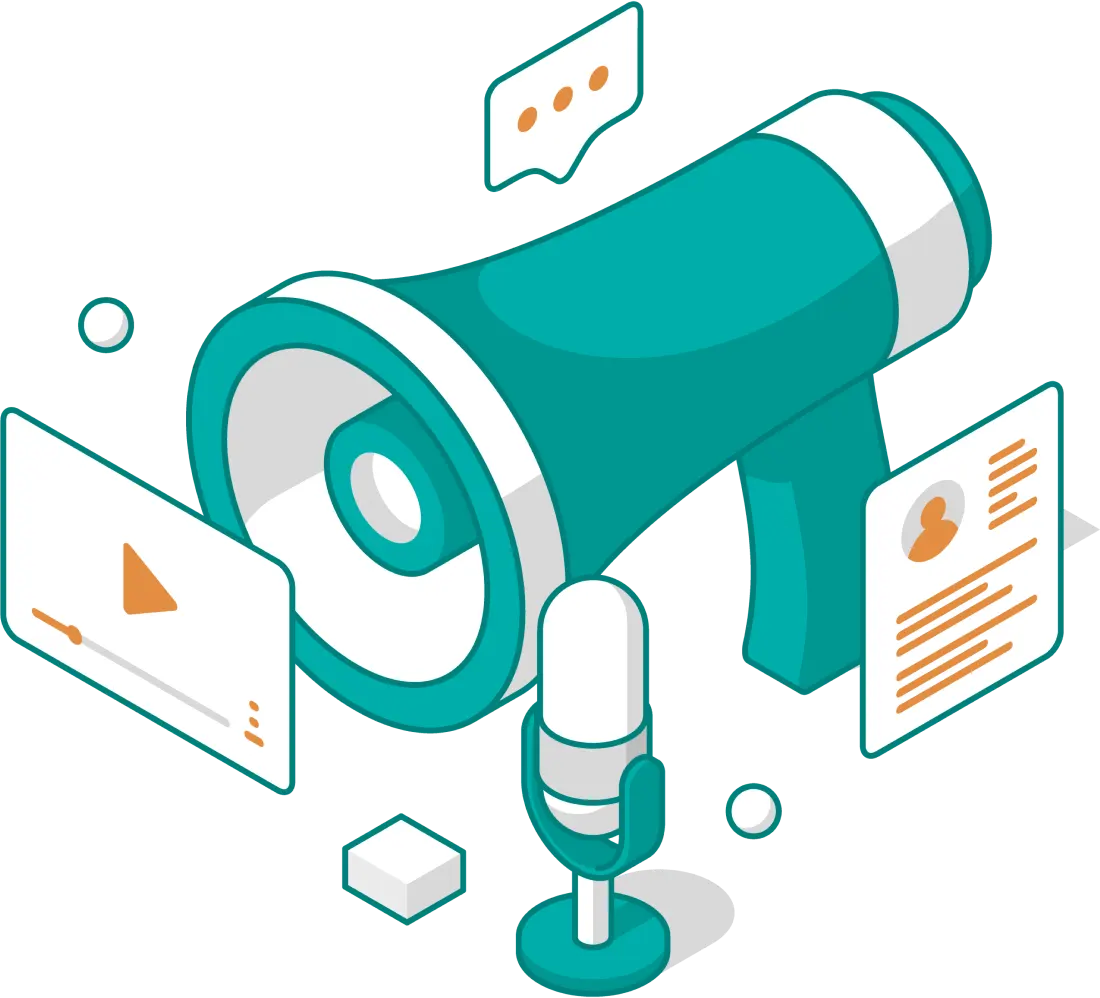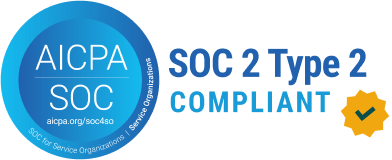
3 Lessons Learned, 3 Years In
August 2018
When I started working at Snavely Associates (now Foster Avenue) four years ago, Ovrture had not yet been born. However, the ideas at its foundation were already there. They were bubbling up and evolving and growing. We had sky meetings where we would find ourselves going down crazy rabbit holes that usually started with “what if” and ended with us coming out the other side wondering where the hours went. There were Post-it notes on walls to model major system enhancements.
There were demos and demos (and more demos) to show people what we were building, to let them in on our secret: You really don’t have to continue with the way major donor communications have always been done. All along the way, our team has grown smarter, more efficient, and more well versed in the world of platform engineering, user permission sets, and DNS records. We’ve also convinced 20 client partners to come along for the ride with us, because they too believe and are now seeing first-hand that (cue infomercial voice) “There’s got to be a better way!” Over a three-year period, we’ve built Ovrture into a powerful tool that is changing the way teams work, the way development officers communicate with prospective major donors, and the way stewardship teams thank those donors. And as we look back, three lessons stand out in our minds…
Lesson #1 // Modeling the digital advancement office.
We aren’t a software company that’s elbowing into the advancement space. We’re advancement communications consultants bringing our industry into the digital age. We quickly learned the importance of reflecting and embedding our experience deep within the platform’s code. We know that for you to adopt a totally new way of working, the solution has to fit within the structures, relationships, and processes that are already in place within your organization.That’s why we’ve built Ovrture for the digital advancement office, modeling our software after real teams and the ways they work. We’ve considered team structure, approval processes, and even what happens when a DO with a proposal in progress finds a new job.
Lesson #2 // Striking a balance between fast and perfect.
We have learned that there’s often tension between fast and perfect. Development officers need content to share for their meeting in 30 minutes. Communicators charged with providing that content need to make sure the information shared with major donors is on brand, accurate, and perfect (or as close as possible).
In print, this struggle is amplified by the inflexibility of content, production time, and printing expense. If a new priority is added to the campaign, the process from copy development to design of collateral to printing could take months. To ease this tension, we built the platform to play the role of peaceful mediator. Communicators have the ability to publish content quickly, make edits as needed, and put content in the hands of all development staff. DOs have all of the content they need to pull together personalized communications for their prospects and donors. The content that is on brand, up to date, and customizable.
Lesson #3 // Crawl. Walk. Run.
We get it. Change can be scary. Rethinking the way your organization works is not an easy thing to wrap your head around (or to sell to your colleagues across the board). But the best way to drive internal adoption of a new way of working is to come armed with success stories, stats, and glowing reviews from folks on the inside.
Our most successful clients adopt a crawl, walk, run approach. We recommend that teams start off with a core group of internal users within the system. Look for DOs and colleges and units that are forward-thinkers, hungry for technology, and open to pushing the envelope. Once that initial group sees some early successes, and you’ve had a chance to carve out processes and protocol, it will be much easier to bring others into the fold.We’re building our platform for the emerging, but undeniably growing, number of digital advancement offices … whether big, lean, centralized, or siloed.
We have spent three years figuring out how to serve the institutions that are leaning into the future. I know that in another three years, we will look back in awe at how much we have accomplished as a company and the impact Ovrture has made in philanthropy. Our road map grows longer every day. We never stop having those blue sky meetings where we get lost in the rabbit holes of potential. Because although today’s Ovrture has evolved into more than we could have ever imagined with Post-it notes. We also know that we’re just getting started.

Maria Barton
President, Foster Avenue. As the leader of the Foster Avenue team, Maria ensures that our efforts provide seamless, collaborative support to our clients as we work together to apply both emerging and tried-and-true principles to achieve success. Her early career was spent with ad agencies in Chicago and New York City before joining Foster Avenue in 2014. Maria brings more than 10 years of experience to her work. She has experience with structuring complex campaign communications projects for higher education, healthcare, and other philanthropic institutions.
 Back to Updates
Back to Updates
